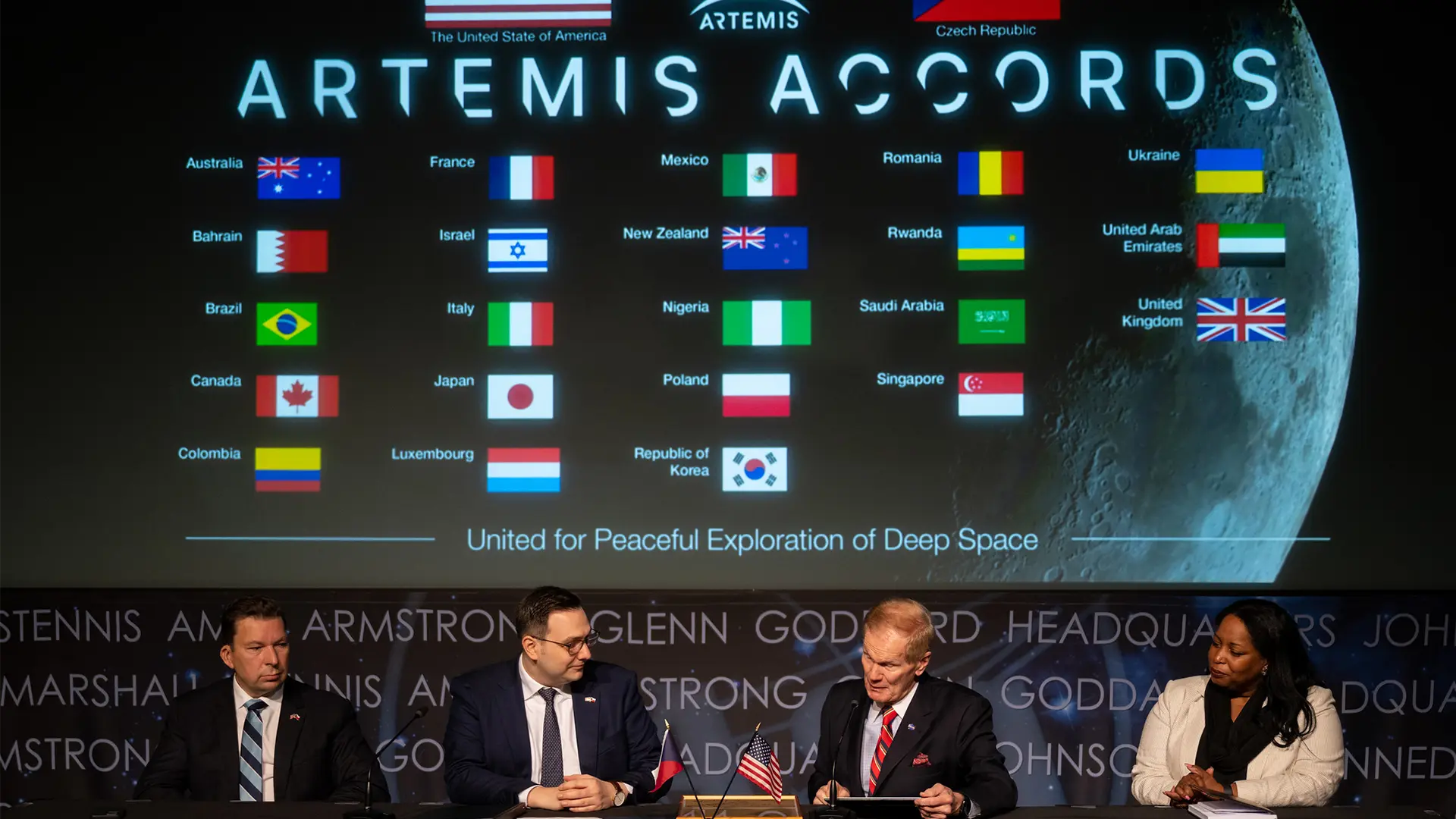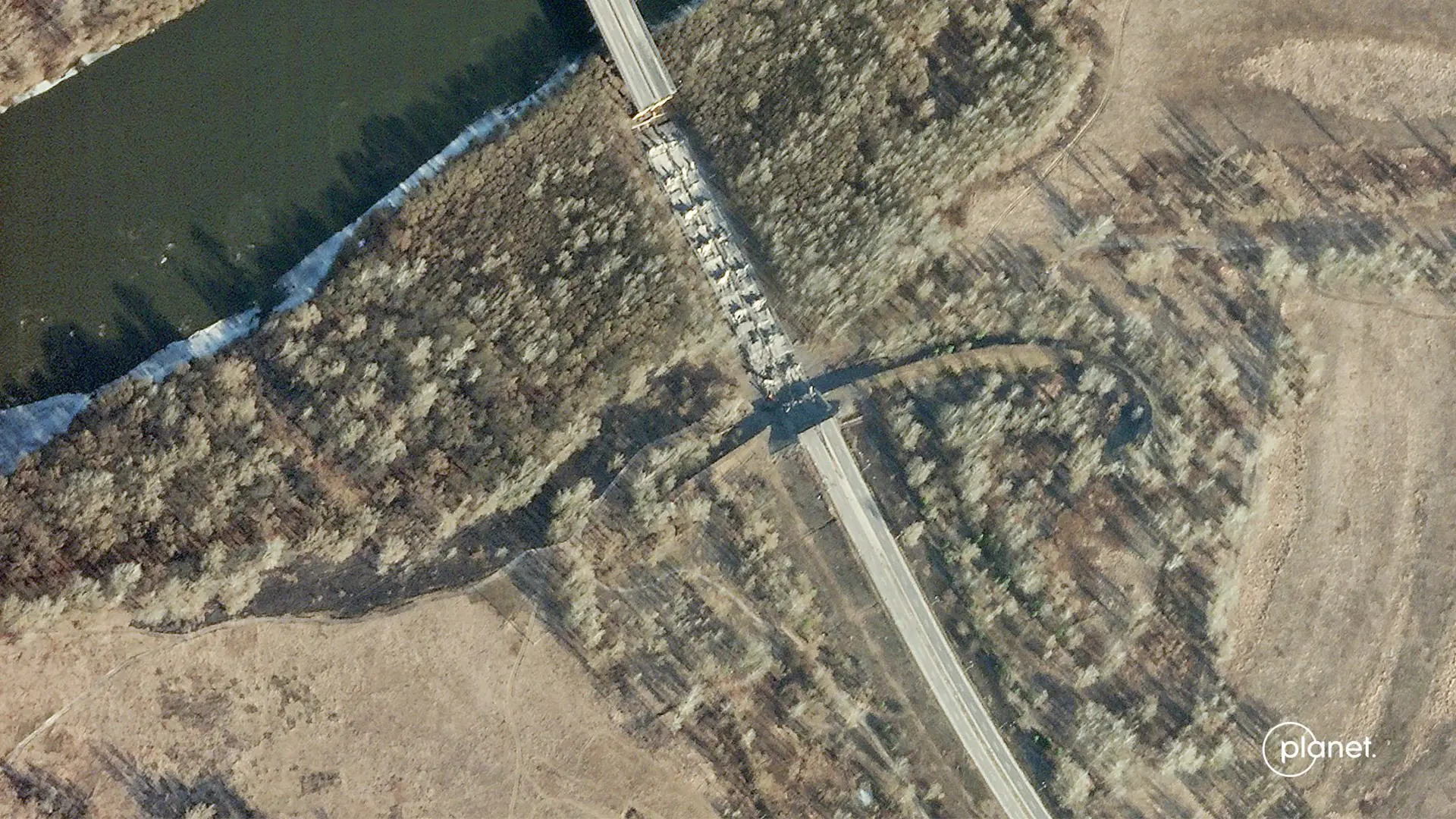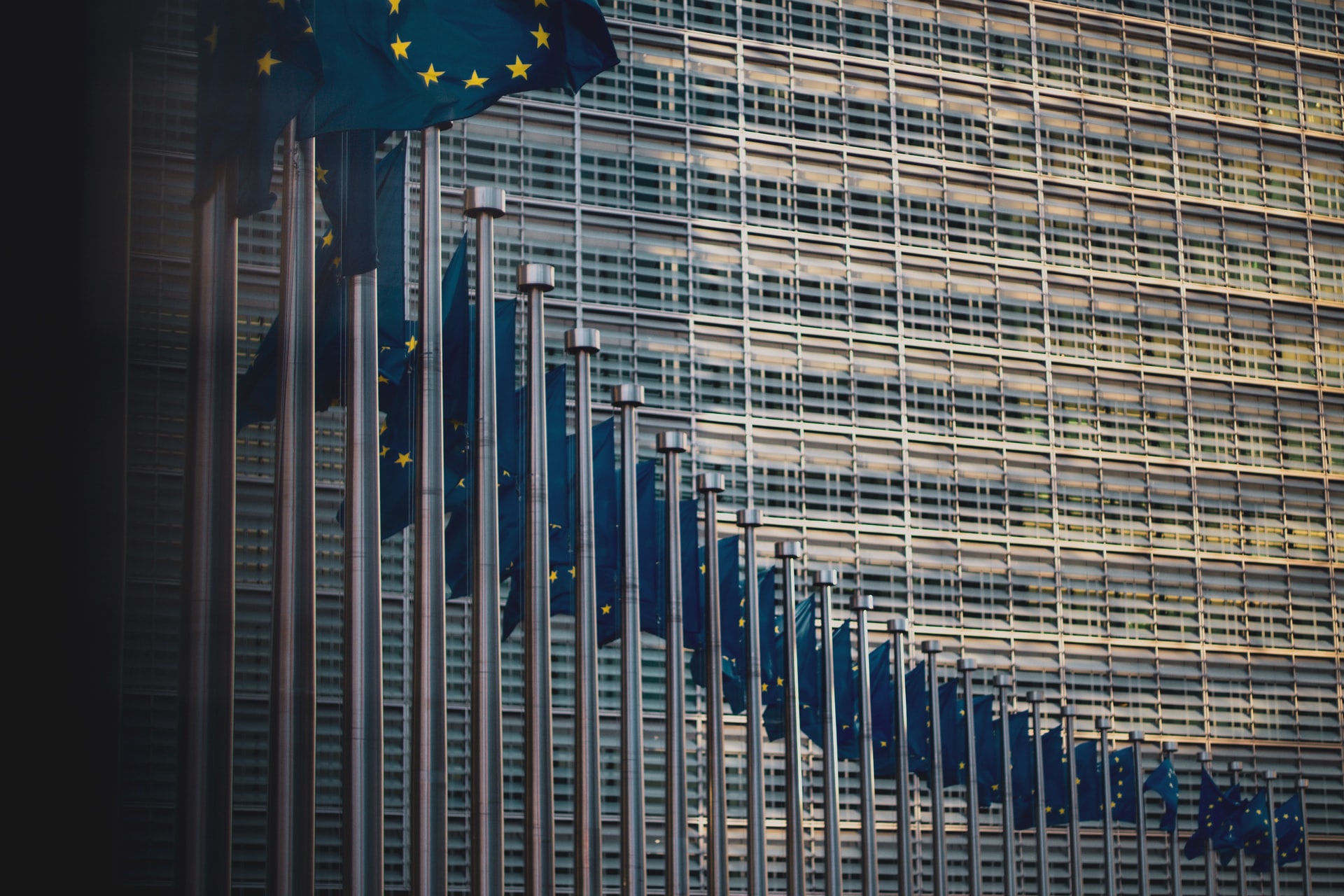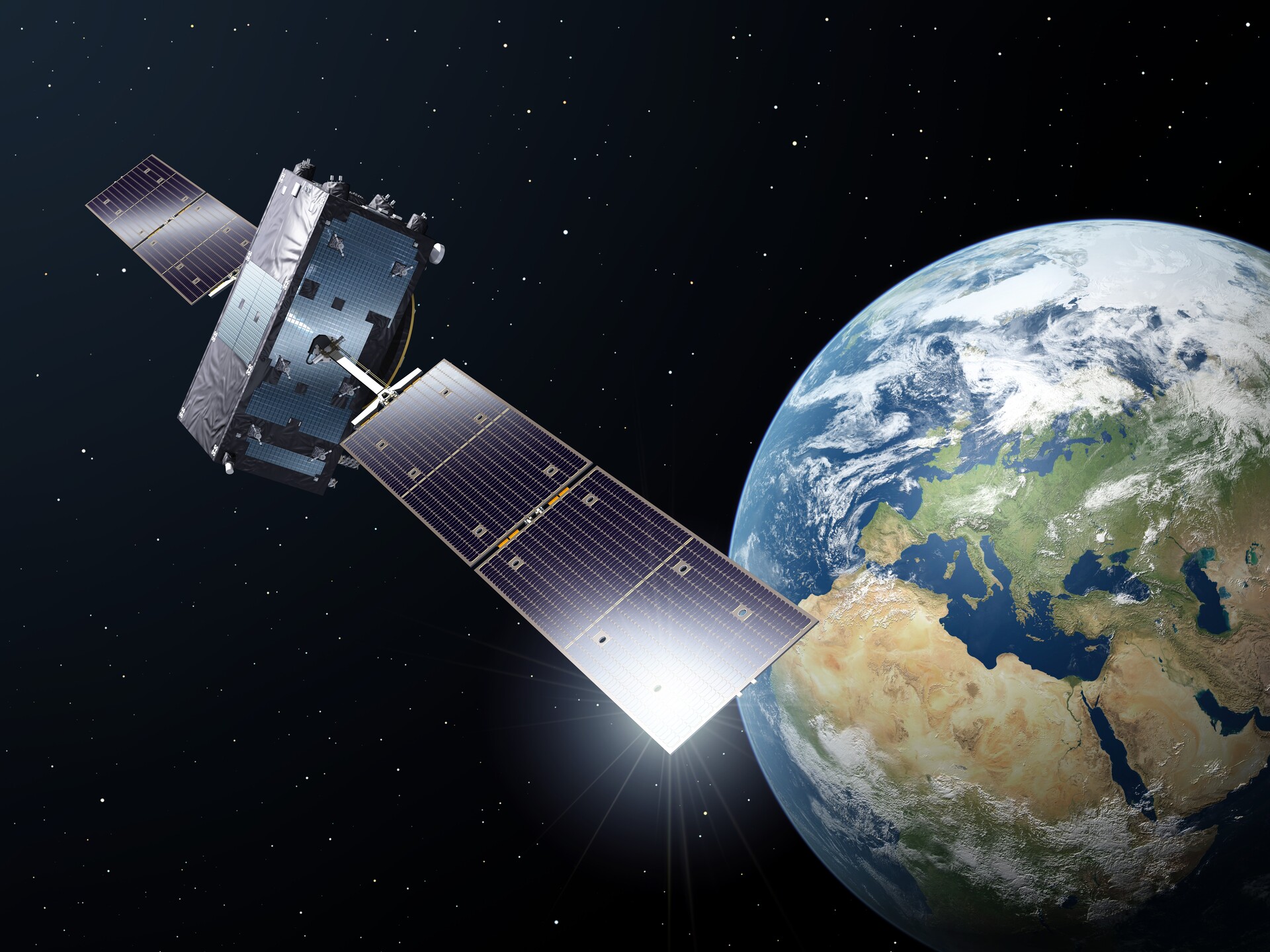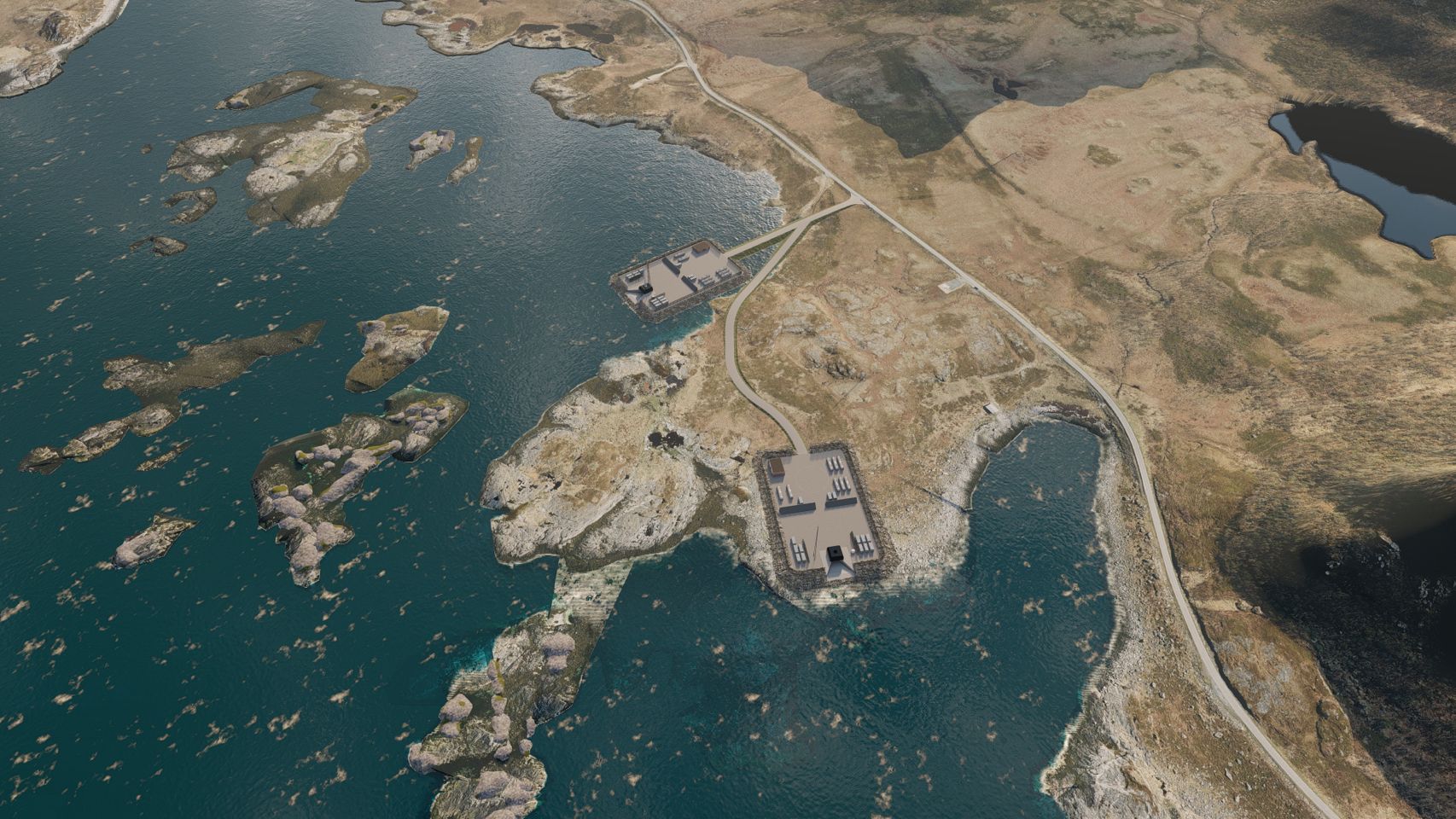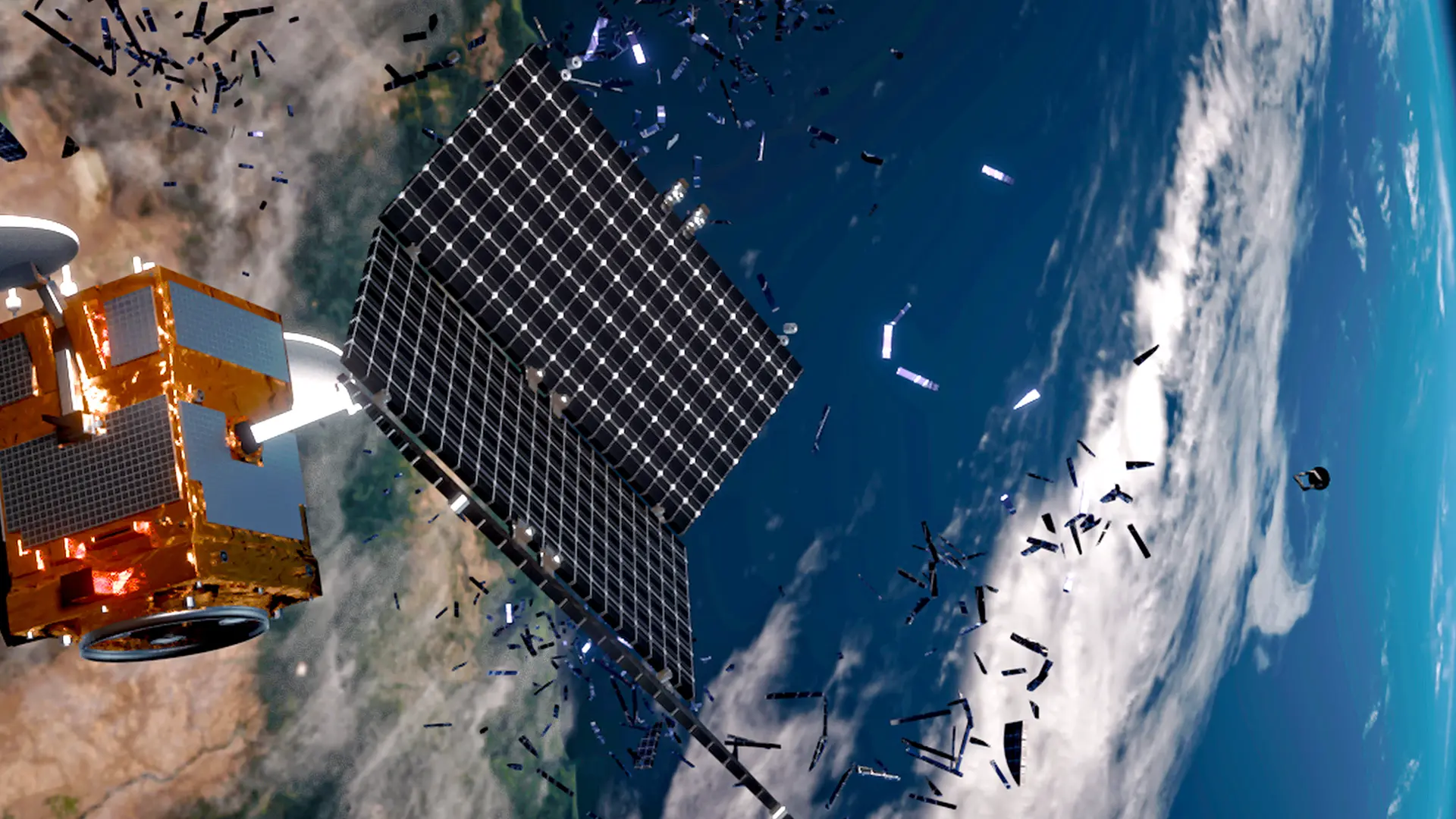
EU Space Strategy for Security and Defence published
Published on Sat, 11.03.2023 – 17:26 CET in Politics, covering EuropaEU to prepare for all eventualities
Resilience and protection of space systems and services in the EU
Responding to space-based threats
EU space strategy proposes using space for security and defence
EU Space Strategy vs. Outer Space Treaty
How the EU Space Strategy is progressing
Last year, EU leaders included space as a strategic domain in the Strategic Compass and called for an EU space strategy for security and defense. Now, the EU has issued a joint communication outlining possible measures to ensure security.
The war in Ukraine has been raging for just over a year. Russia's unjustified attack on its neighbor also has geopolitical consequences. After decades of rapprochement, the former superpowers are facing each other again, but there are also tensions between Europe and China. It is no secret that this also has an impact on Germany's digitalization. For example, the German government has serious reservations about allowing Chinese components to be used in the construction of the 5G network. There is too much concern about dependency, but also about espionage and sabotage. The infrastructure in space also needs to be protected as much as possible from third-party interference.
According to a press release from the European Commission, space systems and services are critical for the functioning of society and the economy, as well as for security and defense. According to the statement, the EU plans to take measures to protect its space assets, defend its interests, deter hostile activities in space and strengthen its strategic position and autonomy.
EU to prepare for all eventualities
It is based on a common definition of space. The EU Space Strategy will then identify the defensive capabilities and key threats to space systems and their ground infrastructure. The common threat understanding of the member states will also be improved. To this end, a classified analysis of the space threat situation at EU level will be produced annually. This will in turn be based on information provided by individual Member States. Actions will also be proposed to strengthen the resilience and protection of space systems and services.
Resilience and protection of space systems and services in the EU
- Consider a proposal for an EU Space Act. This would establish a common framework for safety, security and sustainability in space. The document, which has long been called for by many bodies and parties, would ensure a coherent and EU-wide approach.
- Establish an Information Sharing and Analysis Center (ISAC). The ISAC provides a bridge between commercial and public space stakeholders. The primary role of ISAC is to raise awareness and facilitate the exchange of best practices.
- Initiate preparatory work. The aim is to ensure autonomous access to space for the EU in the long term. This is particularly true with regard to security and defense requirements.
- Strengthening the EU's technological sovereignty. To reduce Europe's strategic dependence, the European Space Agency (ESA) and the European Defense Agency (EDA) will be closely coordinated. The goal is to continue to ensure security of supply in the space and defense sectors.
Responding to space-based threats
Basically, there is a global consensus that humanity's conflicts have no place in space. Even during the Space Race in the 1950s/60s, the two adversaries, the United States and the then Soviet Union, adhered to this principle. In science, this principle still applies. For example, as recently as March 2, 2023, two U.S. astronauts, one astronaut from the United Arab Emirates and one Russian cosmonaut traveled together to the International Space Station (ISS) as part of the SpaceX Crew-6 mission. SpaceX Crew-5, which landed back on Earth on March 12, 2023, also included an international crew of two astronauts from NASA, one from the Japan Aerospace Exploration Agency (JAXA) and one cosmonaut.

But with targeted launches (2021, Russia) and the "capture and removal" (2022, China) of satellites in orbit, the sabre-rattling is reaching a new level. Confrontations are becoming more frequent and the EU wants to be prepared for them. The EU Space Strategy already outlines concrete measures to respond to threats from space. Among other things, the existing mechanism for responding to space threats will be extended to all space systems and services. Currently, it is only used to protect Galileo.
Another issue is the detection and identification of space objects, which is the responsibility of national space commands. These will provide information to detect and characterize inappropriate behaviour in orbit. The aim is to protect EU facilities and assets in space on the basis of this data on space and its environment. The third point in this list is particularly controversial. Space exercises are also to be carried out - with partners. The aim is to test and develop the EU's response to threats from space and to explore solidarity mechanisms.
EU space strategy proposes using space for security and defence
The Outer Space Treaty entered into force on October 10, 1967, and has applied to the Federal Republic of Germany since February 10, 1971. It regulates the conduct of mankind in outer space and clearly states that the exploration and use of outer space should be peaceful. In Article IV, the 110 signatory states pledge not to place objects carrying nuclear weapons or other weapons of mass destruction in orbit around the Earth. Nor are celestial bodies to be equipped with such weapons, nor are such weapons to be stationed in space. A major shortcoming of the Outer Space Treaty, however, is that it does not provide a clear definition of outer space. However, the Kármán line at an altitude of 100 km is generally accepted as the boundary to outer space.
States Parties to the Treaty shall carry on activities in the exploration and use of outer space, including the moon and other celestial bodies, in accordance with international law, including the Charter of the United Nations, in the interest of maintaining international peace and security and promoting international co-operation and understanding.
Article III, Treaty on Principles Governing the Activities of States in the Exploration and Use of Outer Space, Including the Moon and Other Celestial Bodies
EU Space Strategy vs. Outer Space Treaty
Although the preamble to the Outer Space Treaty expresses the desire to "contribute, both scientifically and legally, to comprehensive international cooperation in the exploration and use of outer space for peaceful purposes," the EU Space Strategy proposes to optimize the use of space for security and defense purposes. Accordingly, defense requirements are to be taken into account in the development and preparation of European Union space programs. The paper identifies two pilot projects as concrete proposals, the first to test the provision of initial services. The second will test a new governmental Earth observation service as part of the further development of Copernicus.
In addition, space, defence and security are to be better interlinked at the European level. At the international level, cooperation and exchanges with the United States, NATO and - as the report says - "like-minded countries" should be deepened. With regard to research and development, the report even speaks of ensuring synergies. It also says that cooperation between start-ups in the space and defense sectors should be encouraged. Last but not least, it is also important to improve capabilities related to the development of space services for security and defense. To further promote responsible behaviour in space, the EU relies on partnerships. To this end, it intends to strengthen its engagement in multilateral fora and to promote the necessary norms, rules and principles through concrete and pragmatic steps.
How the EU Space Strategy is progressing
The European Commission and Josep Borrell, the European Union's High Representative for Foreign Affairs and Security Policy from 2019, plan to present member states with initial steps to implement the strategy in the near future. They will report annually to the Council on progress and possible further action.

